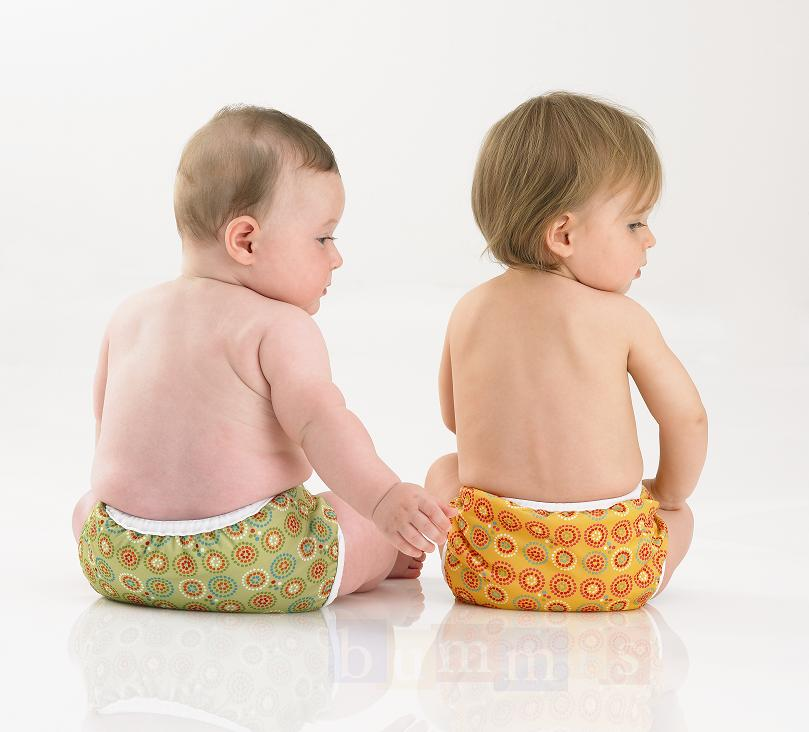Laundry Science: Some Like It Hot, Some Like It Cold - The Role of Water Temperature
Posted on August 16, 2011
 If the topic of laundry fascinates you as much as it does us, make sure you check out our other Laundry Science posts!
If the topic of laundry fascinates you as much as it does us, make sure you check out our other Laundry Science posts!
C’mon, Baby, Do the Swish
Water Quality – Soft, Hard, or Somewhere In Between
Length of the Wash Cycle (Sometimes a Quickie Isn’t Enough)
The Role of Water in Washing Cloth Diapers
Today's post in our Laundry Science series is about the temperature of your wash water. Some may argue that cold water is best for environmental reasons, while others declare that hot water is required for diapers. And a common question at our Cloth Diapering 101 workshops is whether or not it's required to use the extra-hot sanitizing cycle for diapers. What's the real scoop? How does temperature affect the cleanliness of the load - and getting out stains? First off, we should make sure we're all familiar with the basic wash routine for cloth diapers - a rinse on cold, wash on hot, and rinse on cold. (We know, we know - for most readers, this is de rigueur, but we just like to make sure everyone's on the same page.... :-) ) Of the three temperature settings available on most washing machines - cold, warm, and hot - each has its particular role and effect on your diapers. For example, cold is great for just getting plenty of water through your diapers while offering good environmental and budgetary savings, but if you're wanting to get a fresh batch of stains out, you might want to change the first rinse to warm. Why? Because it's recommended to remove a stain at the same temperature at which it was set, so for ice cream stains on a shirt, you'd want to use a cold rinse, but for diapers, you'd want to use warm, since they were created at body temp! Also, keep in mind the temperature at which your water heater is set, as your hot wash will be at that temperature. (Although also keep in mind that the water may come out 2-4° Celsius cooler than what your water heater dial says, depending on how much pipe the water has to go through in its travel between the water heater and the washing machine.) Many detergents activate most efficiently between 55-60° C (130°-140°F), including Rockin' Green, which is also the range at which most bacterias are killed, which is why it's recommended to use a hot wash to clean your diapers. But what about the sanitize cycle, which super-heats the water above 65°C (150°F)? There are a few factors that come into play here. One, this high temperature tends to weaken synthetic fabrics, including PUL and elastics, so it's definitely not recommended on a regular basis and may even void your warranty. (Check out the BumGenius site as an example.) It also adds a significant amount to your energy usage for washing diapers, which adds up on your monthly bill. The only time we recommend a one-time extra-hot sanitize wash is if your child has had a serious bacterial diarrheal illness, such as rotavirus, or a severe, prolonged yeast infection. Even then, check with the manufacturers of your diapers before you do a super-hot wash if you're worried about your warranty, as there are other ways to deal with lingering spores as well. If you're interested in finding the right balance between getting a good hot wash and not scalding yourself (and your children) at the sink, check out these tips from the City of Vancouver and BCHydro for saving money and making your heater more efficient.Photo Credit - HunterxColleen
Previous: Eucalan No Rinse Wool Wash





